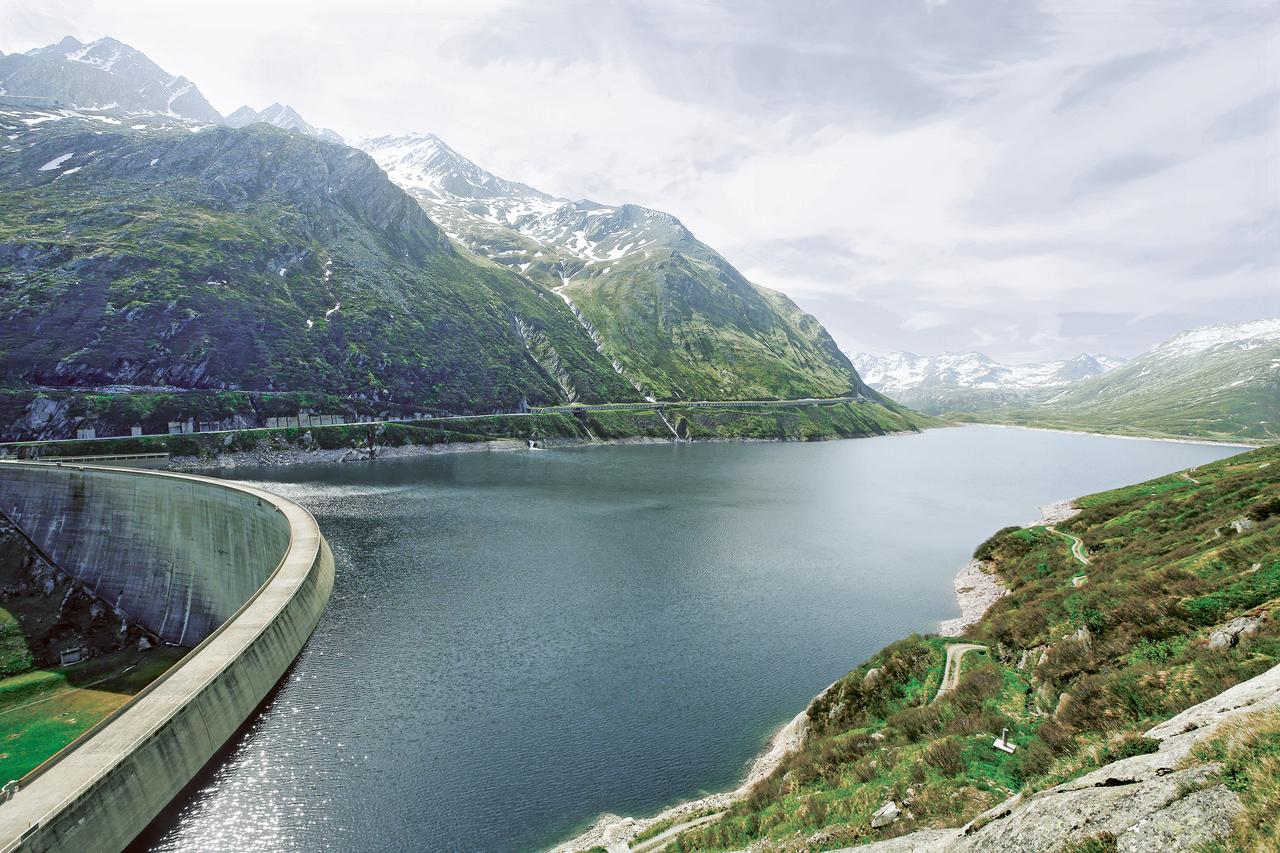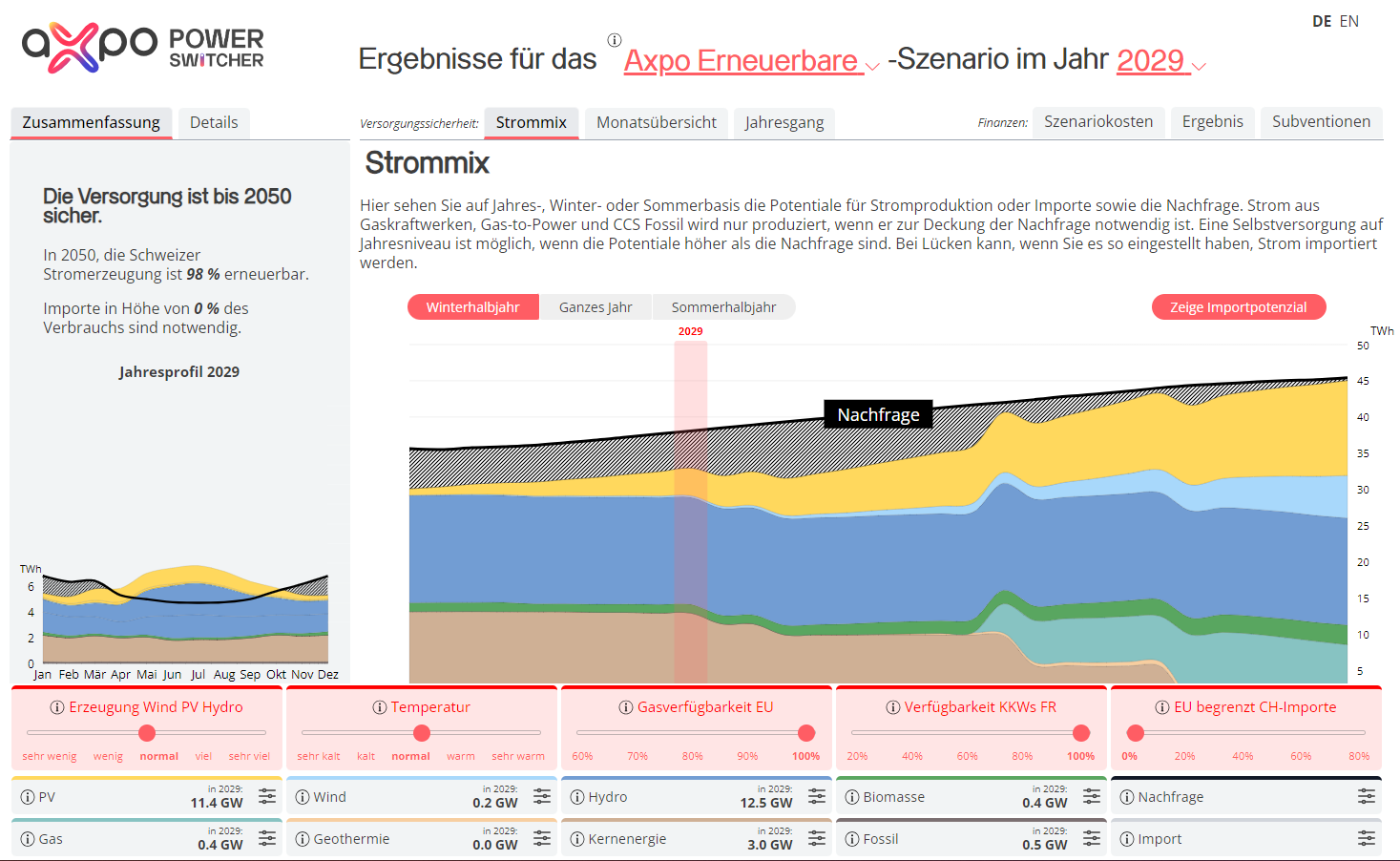06.12.2018 | A milestone for the pan-European electricity industry
The Star of Laufenburg interconnection
The heart of the European electricity network beats in Laufenburg, located in the Frickthal in the Canton of Aargau. Sixty years ago, the Swiss, French and German power grids were connected for the first time at one substation. The "Star of Laufenburg" is the origin of today's largest power network worldwide. A pioneering feat.
The news on Insider, in local media and on the radio: Axpo is selling the office building that formerly belonged to Elektrizitätsgesellschaft Laufenburg (EGL). Until recently the building was used by the national grid company Swissgrid which will now consolidate its activities in Aarau.
Laufenburg? Wait a second, isn't there something more? Indeed. It's the impressive high voltage lines that interconnect in this small town close to the border.
Flash back. In 1958, the German, French and Swiss power networks are interconnected and synchronised at the 220-kilovolt level in Laufenburg for the first time. With this act, the Central European states move closer together. The EGL substation known as the "Star of Laufenburg" marks the start of an integrated European power network. With this step, a cross-border power market is created. In 1967, the 380-kv country networks are interconnected for the first time at this substation in Laufenburg.
See for yourself (Swissgrid video/German version):

Key role
The balance between supply and demand in the Swiss and European power grids was monitored through dispatching from the grid control centre operated by EGL at that time. In addition, EGL handled energy billing on the exchange among the suppliers in the European power grid.
EGL is history today. However, the European electricity network continues to ensure reliable power supply for over 30 countries with more than 530 million consumers. The power network makes it possible to overcome power shortages in individual countries and avoid grid overloads. Thanks to this international cooperation power plant outages or over-production can be compensated.
Axpo (EGL) was an important part of the Laufenburg interconnection from the outset. The company also played a key role when it came to refurbishment work. For example, the refurbishment between 2015 and 2017 of the 220-kilovolt substation now belonging to Swissgrid. This was a joint project by the national grid company founded in 2005 and Axpo as a general contractor.
Honouring a pioneering feat
The Star of Laufenburg was a foundation for the development of a pan-European electricity network. It is referred to as a "historic milestone for the pan-European electricity industry," by the Institute of Electrical and Electronic Engineers (IEEE) with headquarters in New York. The dedication underpins the great importance of this power hub. In addition to the "Star" other important milestones have received dedications, among others the electronic technology for the space rocket start in Cape Canaveral, USA (1950-1969); the "Centre Electronique Horloger de Neuchâtel" for its pioneering work in the area of the electronic quartz watch (1962); and CERN in Geneva (1968).
Swissgrid invests
The substation in Laufenburg is currently undergoing modernisation and a new 380/280-kV transformer will be installed. The project is part of the "Strategic Grid 2025" concept and plays a key role in the Swiss transmission grid. Although here Axpo is the general contractor for the works.
The new 800-MVA transformer will be installed next to the existing transformer and equipped with new connections to the 220- and 380-kV infrastructure. Concrete walls surround each individual pole. Only three of the four poles are in operation simultaneously. Thanks to the existing connections, the reserve pole can be put into operation with just a few easy steps. Every five years an active pole is substituted by a reserve pole. This increases the transformer's operational cycle from about 45 years to at least 60 years.
Siemens Austria manufactured the four poles for the new transformer. They weigh 194 tonnes and are 12 metres long. Transport took place by railway and ship (Donau, Main and Rhine) to the port in Muttenz. From the poles were individually transported to Laufenburg by a special low-bed lorry with 20 axles (!). The transformer will go into operation in mid-2019.
Photo Swissgrid:




.jpg)





